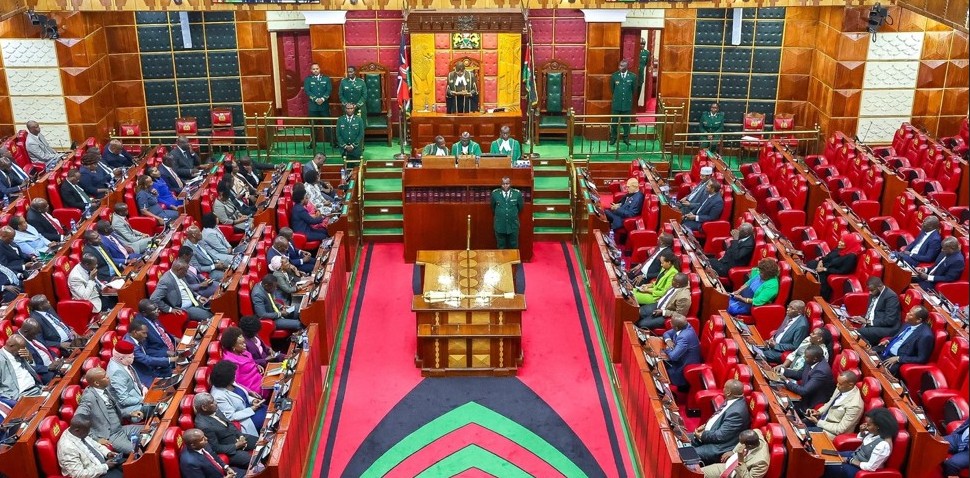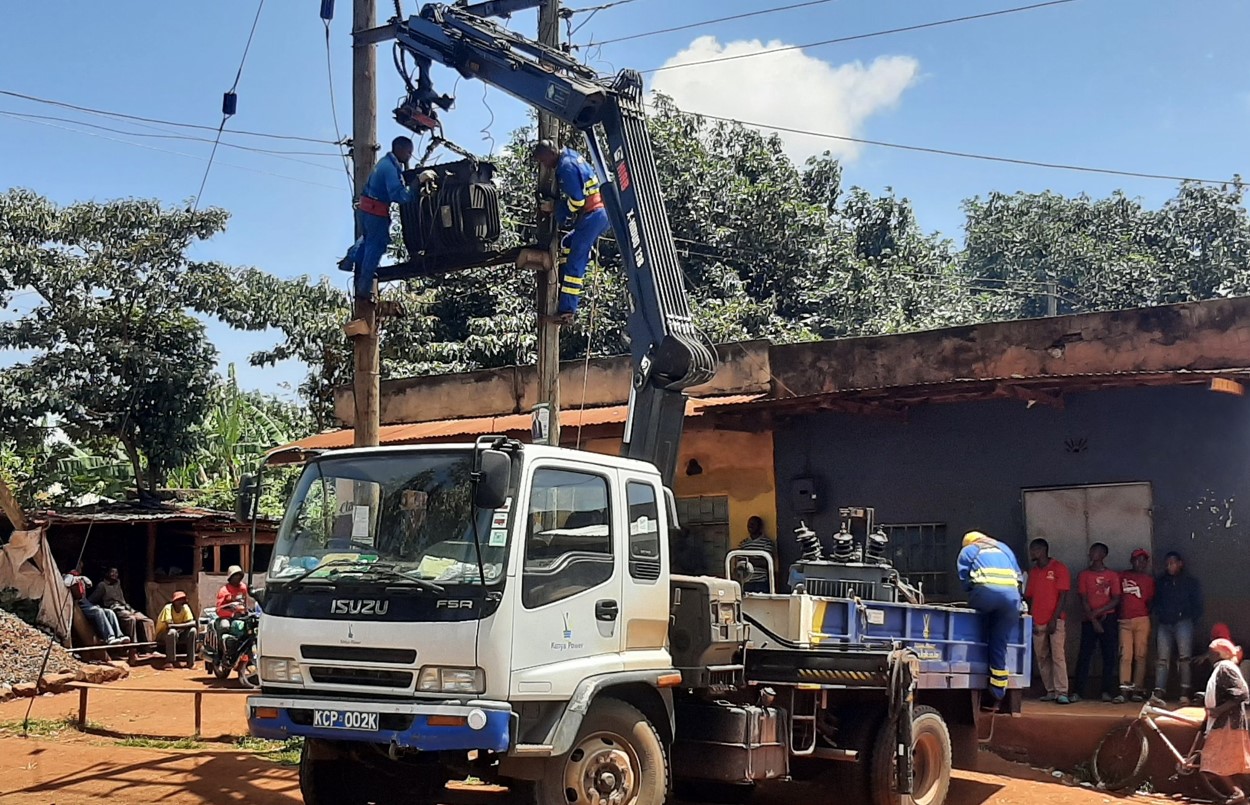Audit exposes widespread payroll fraud across counties as wage bill soars

The report shows that for the financial year ending June 30, 2023, counties disbursed Sh16 billion in salaries through manual payroll systems, despite a directive to use integrated personal payroll databases (IPPD).
A report by the Controller of Budget Margaret Nyakang’o has revealed that county governments are still using manual payrolls to pay their workers, a practice that has led to a loss of public funds and allowed for the potential existence of ghost workers.
The report shows that for the financial year ending June 30, 2023, counties disbursed Sh16 billion in salaries through manual payroll systems, despite a directive to use integrated personal payroll databases (IPPD).
More To Read
- Controller of Budget urges faster adoption of e-GPS for public projects
- Tunza Mtoto Coalition demands full disclosure of ghost student audit findings
- Bursary battle deepens as counties push for full control over education
- Billions locked in stalled county projects across the country - CoB Margaret Nyakang'o
- SRC nominee Thoyah Kingi vows to tackle ghost workers, strengthen payroll oversight
- Treasury warns billions at risk as counties rely on third-party revenue systems
The review, which was tabled in Parliament, highlights that seven per cent of the Sh208 billion wage bill was processed manually across all 47 counties.
Nairobi County accounted for the highest amount, disbursing Sh2.5 billion, followed by Siaya at Sh1.1 billion. Homa Bay, on the other hand, paid Sh759 million outside the required system.
“The manual payroll is prone to abuse and may lead to the loss of public funds where there is a lack of proper controls,” Nyakang’o said.
The report has raised concerns that some county officers could be taking advantage of the system to hire ghost workers, with Nairobi, Siaya, and Homa Bay among the counties flagged for these dubious payments.
In Siaya, an audit ordered by Governor James Orengo exposed 111 ghost workers. A task force, chaired by William Ouko, found the issue most prevalent among casual hires.
Homa Bay’s case was even more alarming, with a Price Waterhouse Coopers audit uncovering over 1,780 ghost workers who collectively pocketed Sh300 million annually.
Wajir County also appeared in the report, having paid Sh622 million via manual payrolls. Some of the payments were linked to specific programmes such as Community Health Volunteers and the Women’s Empowerment Programme.
Machakos, Nakuru, and Busia counties each processed Sh582 million manually, while Marsabit and Laikipia processed Sh562 million and Sh528 million, respectively.
Additional counties, including Garissa (Sh480 million), Mombasa (Sh435 million), and Nyeri (Sh413 million) were cited for large manual payouts. Smaller counties like Lamu and Tana River also featured in the report, raising concerns about payroll manipulation.
Audit
Governor Simon Kachapin of West Pokot ordered an audit that uncovered more than 2,300 ghost workers in his county. Kisii Governor Simba Arati also flagged 861 ghost workers during a similar investigation.
In 2022, the Senate launched an inquiry into whether Vihiga County had paid Sh55 million to ghost workers, while a probe by Machakos Governor Wavinya Ndeti revealed that some staff were illegally drawing salaries and allowances.
Elgeyo Marakwet County found 12 ghost workers, and Kitui discovered 935 such employees. Trans Nzoia also flagged 470 ghost workers on its payroll system.
Ghost workers have also been cited at the national government level, with the Public Service Commission recently uncovering 20,000 such employees on the state payroll. State agencies like the Kenya Cooperative Creameries and State House were found to have significant disparities in staff numbers, raising concerns about unauthorised recruitment.
“The unexplained variance could create room for unauthorised recruitment of staff,” the PSC said in its compliance report for 2023.
The Controller of Budget has urged County Public Service Boards to implement proper regulations for casual and contract workers, as per Section 74 of the County Governments Act, 2012.
She also called for the need for counties to acquire Unified Personnel Numbers (UPNs) for their staff to ensure payrolls are managed through the government’s official system. Despite the requirements, no county has fully integrated its workforce into the system.
Concerns about wage bills also dominated discussions at a Salaries and Remuneration Commission forum earlier this year, where it was noted that only three counties—Kilifi, Tana River, and Narok—kept their personnel expenditure within the 35 per cent ceiling as stipulated by the Public Finance Management (County Governments) Regulations, 2015.
Nyakang’o called for strict compliance with approved staff establishments and the containment of expenditure on personnel emoluments. She further urged county governments to fast-track the adoption of the Unified Personnel Number system for their workers to curb the ghost worker menace.
Top Stories Today











































